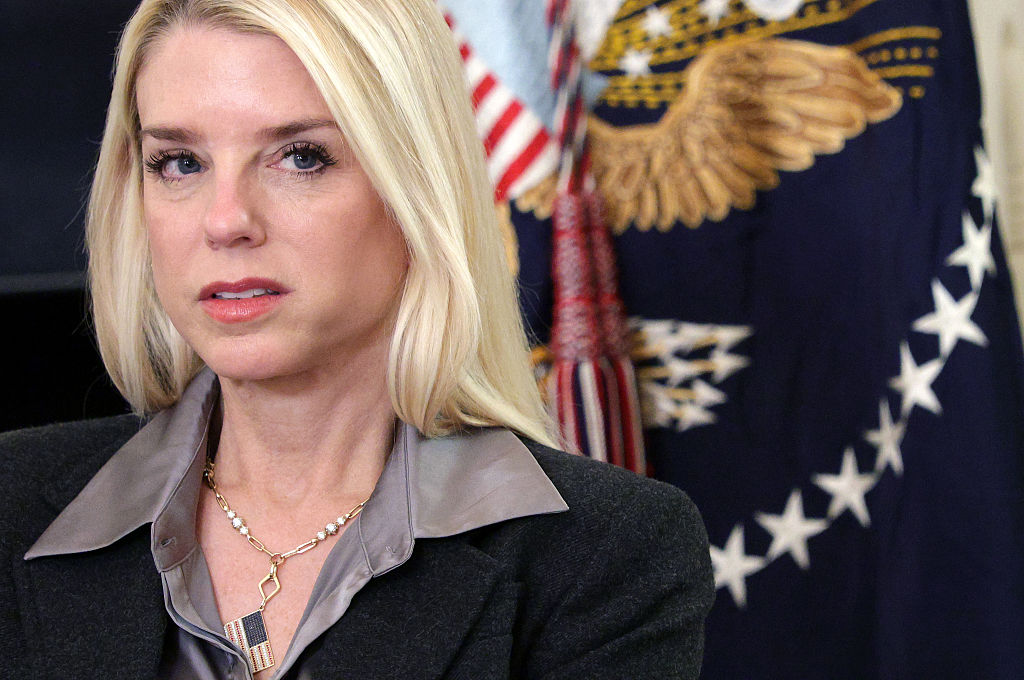Spirit Airlines is implementing significant cost-saving measures as it continues to face financial challenges. The airline announced that it will eliminate approximately 150 salaried positions and cease operations at five airports, as reported by Reuters. This decision is part of a broader strategy to address an anticipated loss exceeding $800 million in 2025.
The airports affected by the service cuts include St. Louis Lambert International Airport, Phoenix Sky Harbor International Airport, Milwaukee Mitchell International Airport, Frederick Douglass Greater Rochester International Airport, and Bucaramanga Palonegro International Airport in Colombia. The withdrawal from these locations will occur in January, with three airports to be phased out on January 8, 2026, and the remaining two on January 13, 2026.
These airports represent smaller operations for Spirit, which currently services six routes from Milwaukee, three from St. Louis and Rochester, two from Phoenix, and one from Bucaramanga. The choice to eliminate routes from vacation destinations is particularly concerning, as these locations typically generate significant revenue for the airline. The lack of direct competition at these airports further highlights the difficulties Spirit is facing in maintaining profitability.
Ongoing Financial Struggles
Spirit Airlines has been grappling with financial instability for several years. The company filed for bankruptcy in March 2025 and subsequently sought Chapter 11 protection again in August 2025 after exiting bankruptcy just months earlier. Since then, the airline has been drastically reducing its network, workforce, and fleet size.
In October 2025, Spirit’s Chief Financial Officer revealed plans to reduce the airline’s fleet by nearly 100 aircraft. This reduction will occur through early retirements, storing new planes, and rejecting future aircraft leases. Currently, Spirit operates a fleet of 132 aircraft, nearly half of what it had at the start of the year. With this substantial cut in fleet size, the company also announced that it would furlough 1,800 flight attendants, about one-third of its total staff. Additionally, 365 pilots will be furloughed, with another 170 pilots experiencing downgraded status.
The combination of staff and fleet reductions indicates a strategy of “shrinking to profitability.” While this approach can be effective in some industries, the high overhead costs inherent in the airline sector can make it a risky decision. Spirit’s current path may leave it exposed to increased competition as it scales back its operations.
Market Challenges and Brand Perception
Spirit’s financial troubles can be attributed largely to its route network, which connects major cities to popular leisure destinations like Florida, the Caribbean, and Las Vegas. This focus exposes the airline to fierce competition from legacy carriers that often offer direct flights to these locations. Furthermore, Spirit’s operations are concentrated in the eastern United States, limiting its ability to diversify its revenue sources.
The financial struggles of other budget airlines also reflect broader industry trends. For instance, JetBlue Airways is projected to incur losses exceeding $100 million in 2025, despite implementing its JetForward turnaround plan. Similarly, Frontier Airlines has only recently improved its finances after changing its business strategy.
A unique challenge for Spirit is its brand image, which is primarily associated with low-cost, no-frills service. In an increasingly competitive market, customers are gravitating toward airlines that offer premium services, frequent flyer programs, and extensive cabin options. This shift in consumer preference places Spirit in a precarious position, as it struggles to shed its negative brand perception.
While Spirit Airlines is not necessarily doomed, the recent cuts and ongoing financial challenges signal a difficult road ahead. The airline’s leadership will need to carefully navigate these turbulent times to regain stability and rebuild its reputation in the competitive aviation market.







